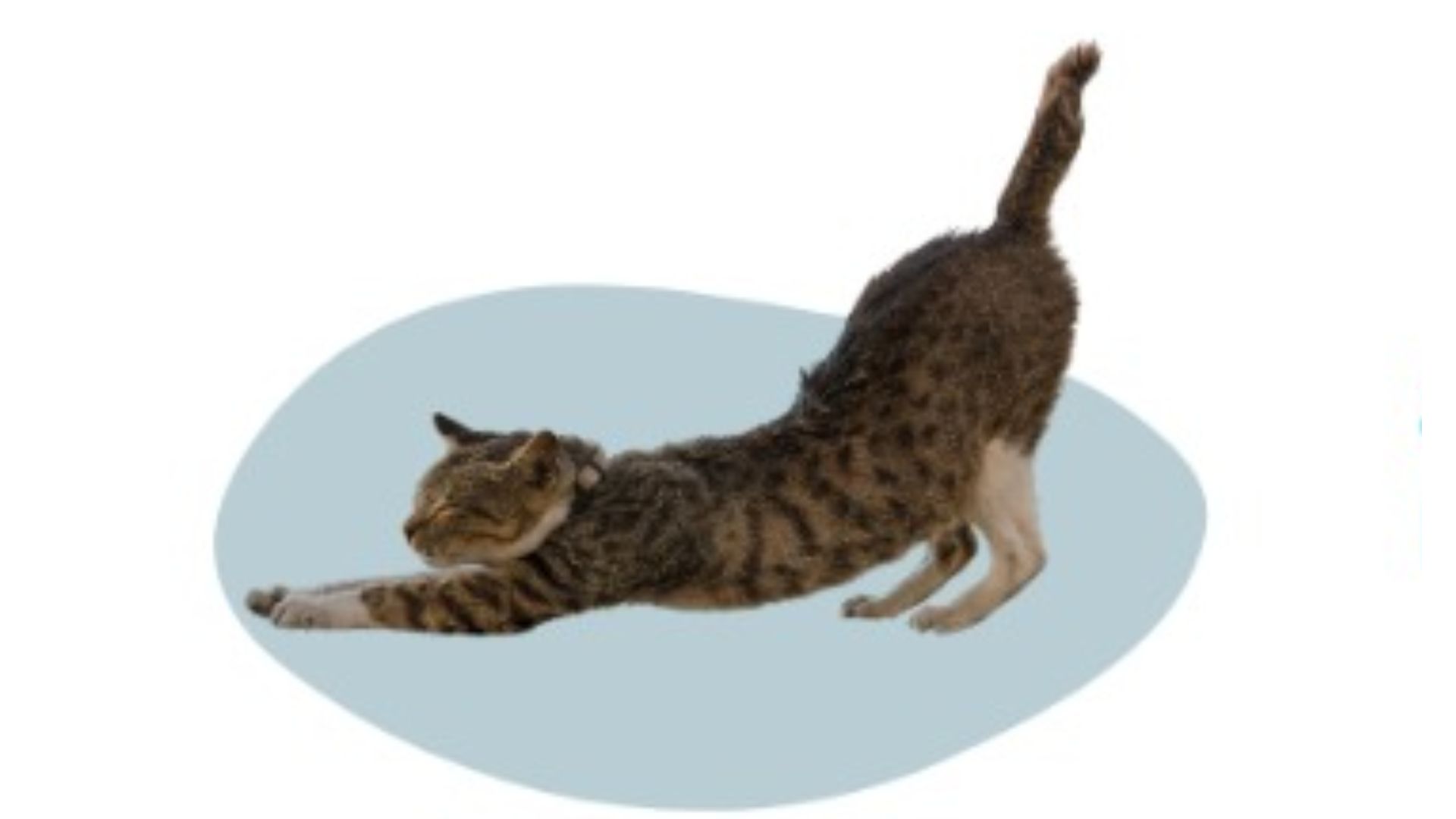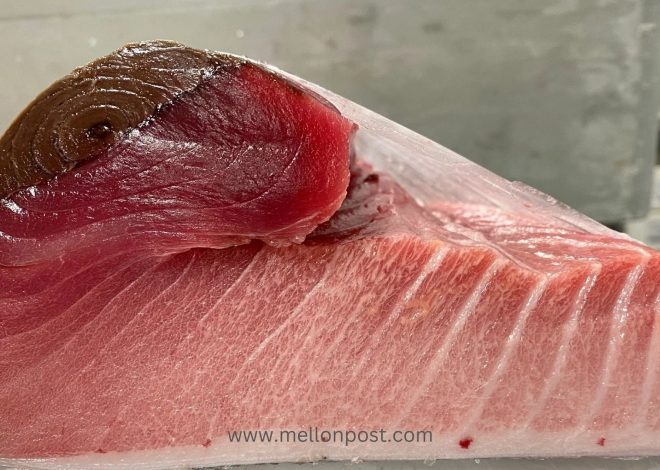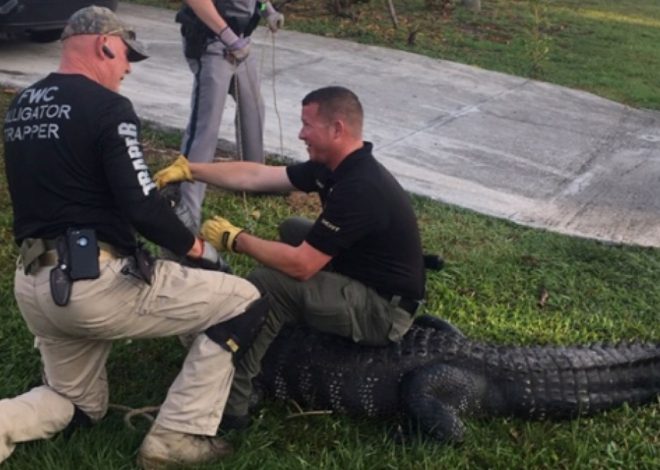
How long are cats in heat ?
Table of Contents
Cats are typically in heat for about 4 to 10 days, but this can vary depending on individual cats. During this period, female cats are receptive to mating and may exhibit behaviours like increased vocalization, restlessness, and affection towards their owners. It’s important to spay or neuter your cat to prevent unwanted litters and to help manage their reproductive health.
How can you tell if your cat is in heat
The signs that a cat is in heat include: Some common behaviours of cats in heat include:
- Increased Vocalization: Cats in heat may vocalise loudly, known as “calling,” which can sound distressed and different from normal meowing.
- Restlessness: Cats may exhibit restlessness and an inability to relax or get comfortable.
- Affectionate Behaviour: Female cats may become unusually affectionate, rubbing their hindquarters against objects, furniture, or even their owners.
- Excessive Grooming: Cats in heat may spend excessive time licking their genital area, even though there is no blood present.
- Mating Call and Position: Cats in heat tend to vocalise loudly and assume the mating position, with their head down, forelegs bent, rear quarters raised, and tail raised and held to the side of the body.
- Low-Crawling: Cats in heat may low-crawl around corners of the house, moaning while rubbing their cheeks on walls and furniture, which can be a sign of their heat cycle.
- Marking Territory: Cats in heat may spray vertical surfaces with urine to mark their territory.
- Loss of Appetite: Cats in heat may exhibit a decrease in appetite as their focus shifts towards mating rather than feeding themselves.
- Need to Escape: Cats in heat may show a strong desire to escape outdoors to meet a receptive male.
These behaviours are typical signs that a cat is in heat and are part of the natural reproductive cycle in felines. These signs indicate that a female cat is in heat and ready to mate.
How long does a cat’s heat cycle last?
Cats can be in heat for different lengths of time, ranging from two days to three weeks, with an average of four to seven days. The heat cycle, also known as estrus, is part of the reproductive cycle in cats.
It is triggered by hormonal changes and can occur every two to three weeks, especially in the spring and summer months, until the cat becomes pregnant or is spayed. During this time, female cats may exhibit various signs, such as vocalization, increased affection, rolling around, rubbing against objects, arching their rear end into the air, and demanding behaviour.
These behaviours are a result of the hormonal changes that occur during the heat cycle, which can make the cat uncomfortable but are not typically painful. If a cat is not spayed, it is essential to monitor its behaviour during the heat cycle to prevent unwanted pregnancies and potential health issues, such as pyometra, a life-threatening infection of the uterus.
How often do cats go into heat?
Cats go into heat multiple times a year, with each cycle lasting around six days. The frequency of heat cycles can vary, with some cats going into heat every two to three weeks during the breeding season, which typically lasts from February to November.
Cats are polyestrous, meaning they have multiple estrous cycles during the breeding season, and their hormonal cycle is triggered by sunlight and artificial lighting.
Cats in heat exhibit various signs, including increased vocalization, restlessness, affectionate behaviour, excessive grooming of the genital area, and the adoption of the mating position. They may also mark their territory by spraying vertical surfaces with urine.
The heat cycle in cats is divided into five stages: proestrus, estrus, metestrus, diestrus, and anestrus. During the proestrus stage, female cats attract male cats with vocalization and body language cues but are not receptive to mating.
In the estrus stage, female cats experience a surge of the hormone estradiol and are receptive to mating. If mating does not occur, the cat will return to heat every 15-21 days until pregnancy occurs or the cat is spayed.
Cats can become pregnant during the estrus stage, which can last from one to twenty-one days. Pregnancy in cats lasts for 57-67 days with an average litter size of 1-3 kittens per year. If a cat is not spayed, it is essential to monitor its behaviour during the heat cycle to prevent unwanted pregnancies and potential health issues, such as pyometra, a life-threatening infection of the uterus.
Some ways to manage a cat in heat
To manage a cat in heat, you can employ several strategies to help calm your cat and make her more comfortable during this period. Here are some effective ways based on the provided sources:
1. Create a Calm Environment: Provide a quiet and comfortable space for your cat away from loud noises and distractions, such as a closet or room with a cozy bed or blanket.
2. Minimize Stimulation: Reduce triggers that can worsen your cat’s heightened senses by dimming lights, closing curtains, and avoiding sudden movements or loud noises.
3. Offer Hiding Spots: Provide hiding places like cardboard boxes, covered beds, or cat trees with enclosed areas to give your cat a sense of security and privacy.
4. Provide Vertical Spaces: Cats in heat may have an increased desire to climb, so offer cat trees, shelves, or perches for climbing and observing their surroundings.
5. Use Pheromone Sprays: Synthetic pheromone sprays can create a soothing environment and reduce stress-related behaviours in cats.
6. Play Soothing Music: Cats have sensitive hearing, so playing soft classical music or calming sounds can help relax them during heat cycles.
7. Distract With Toys: Interactive toys can provide physical exercise and mental stimulation to distract your cat during heat cycles.
8. Keep the Litter Box Clean: Ensure the litter box is clean to encourage your cat to mark it instead of other areas, and avoid ammonia cleaners that may stimulate spraying behaviour.
9. Consider Spaying Your Cat: Spaying is a recommended long-term solution to prevent heat cycles and associated behaviours, providing relief for both the cat and the owner.
By implementing these strategies, you can help manage your cat’s behaviour and comfort during heat cycles, reducing stress and promoting a more peaceful environment for both you and your feline companion.
Can a cat in heat experience any behavioural changes?
Cats in heat, also known as estrus, can exhibit various behavioural changes. These changes are due to hormonal shifts that occur during the reproductive cycle. Some common behavioural changes in cats in heat include:
1. Excessive Vocalization: Cats in heat may vocalize loudly, often sounding distressed, as a way to attract potential mates.
2. Spraying: Cats in heat may spray vertical surfaces with a strong-smelling urine to mark their territory and attract males. This behaviour is more common in male cats but can also be observed in females.
3. Decreased Appetite: During heat, a cat’s focus shifts towards mating, and their interest in food diminishes. It’s not uncommon for cats in heat to exhibit a decreased appetite during this time.
4. Restlessness and Desire to Go Outside: Some cats become more restless and exhibit a strong desire to go outside during heat. This behaviour is linked to their instinctual drive to find a mate.
5. Affectionate Behaviour: Cats in heat may become more affectionate, seeking extra attention, rubbing against people, and purring loudly.
6. Rolling Around and Raised Hindquarters: Female cats in heat may roll around more and raise their hindquarters when petted, indicating their readiness to mate.
These behavioural changes are a natural part of a cat’s reproductive cycle. Providing a calm and supportive environment can help alleviate any discomfort your cat may experience during this time. Understanding these physical and behavioural changes in cats in heat is crucial for pet owners to ensure the well-being of their feline companions and promote a harmonious living environment for everyone.


